Opening in Verona, at the Palazzo della Gran Guardia, right in front of the Arena, is the major exhibition Caroto and the Arts between Mantegna and Veronese, dedicated to one of the major protagonists of the Veronese Renaissance, Giovan Francesco Caroto (Verona, 1480 - c. 1555), scheduled from May 13 to October 2, 2022. It is the first exhibition dedicated to the artist, with more than 120 works from some of the most prestigious Italian and foreign collections, and is ideally placed between two major events promoted in the past by the City of Verona through the Museo di Castelvecchio: Mantegna and the Arts in Verona 1450-1500 (from September 2006 to January 2007), which, alongside the works of the great Paduan painter, had contrasted the pictorial, graphic and sculptural products of local artists variously influenced by him, and Paolo Veronese. The Illusion of Reality (July to October 2014), dedicated to the city’s greatest painter of the 16th century: thus concludes an important triptych of exhibitions devoted to Renaissance arts in Verona.
The aim of the review: to present the evolution of the great painter, following him from his youthful beginnings to his recognized role as an artist. Through a series of conservation interventions sustained for the exhibition and an extensive campaign of diagnostic ana lysis, Caroto and the arts between Mantegna and Veronese, curated by Francesca Rossi (Director of the Civic Museums of Verona), Gianni Peretti (art historian) and Edoardo Rossetti Scuola Universitaria Professionale della Svizzera Italiana di Lugano) also aims to be an opportunity to make a contribution to the preservation of his work and to deepen the knowledge of the painter’s technical operation.
In fact, many institutes are involved in the exhibition’s scientific project, elaborated by the curators assisted by a scientific committee composed of Margherita Bolla (Study, didactics and research in archaeology for the setting up and enhancement of museums, monuments and archaeological areas of Roman Verona Musei Civici di Verona), Luca Fabbri (Curator of the collections of medieval and modern art Museo degli Affreschi G.B. Cavalcaselle, Musei Civici di Verona), Maria Teresa Franco Fiorio (Art Historian, Ente Raccolta Vinciana, Milan), Stefano L’Occaso (Director of Palazzo Ducale, Mantua), Sergio Marinelli (Art Historian), Paolo Plebani (Curator Accademia Carrara, Bergamo) and Alessandra Zamperini (Depar tment of Cultures and Civilizations, University of Verona). In particular, the exhibition was able to count on the support of various institutions of the Veronese museum system, such as the Museo di Castelvecchio, as leader, the Museo degli Affreschi “Giovanni Battista Cavalcaselle,” the Museo Archeologico al Teatro Romano, the Museo Lapidario Maffeiano and the Museo di Storia Naturale, alongside a wide network of inter-institutional collaborations and national and international loans, with a crucial role played by two scientific partners, namely the museums of Palazzo Ducale in Mantua and Castello Sforzesco in Milan, witnesses to the value of Caroto’s itinerant experience, who exercised his artistic activity precisely between the cities of Verona, Mantua and Milan. For the occasion, moreover, the transfer to the exhibition dedicated to Caroto of numerous works usually set up in the museum itineraries of the Museo di Castelvecchio and Museo “Giovanni Battista Cavalcaselle” offered the unusual possibility of exhibiting to the public works that are often not visible, giving new visual and in-depth insights into the collections of the Civic Museums.
Lenders included private collectors and important national and international museum institutions including: the Fondazione Accademia Carrara in Bergamo, the Palazzo San Sebastiano and the Palazzo Ducale in Mantua, the Uffizi Galleries in Florence, the Gallerie Estensi in Modena, the Castello Sforzesco in Milan, the Gallerie dell’Accademia in Venice, the Pinacoteca di Brera in Milan, the Muséand du Louvre in Paris, the Brukenthal Museum in Sibiu, the Kunsthistorisches Museum in Vienna, the Staatliche Antikensammlungen und Glyptothek and the Staatliche Graphische Sammlung in Munich, the Szépművészeti Múzeum in Budapest, and the Städelsches Kunstinstitut in Frankfurt.
Co-produced by Civita Exhibitions and Museums and realized with the collaboration of the Department of Cultures and Civilizations of the University of Verona, the exhibition has obtained the patronage of the Ministry of Culture and the Veneto Region and is supported by contributions from Airbnb, City Italy Foundation, Soroptimist Club of Verona and the technical sponsorship of ERCO. Media partners: Radio Monte Carlo, Internazionale, Finestre Sull’Arte, Creation and PSC Promos Comunicazione.
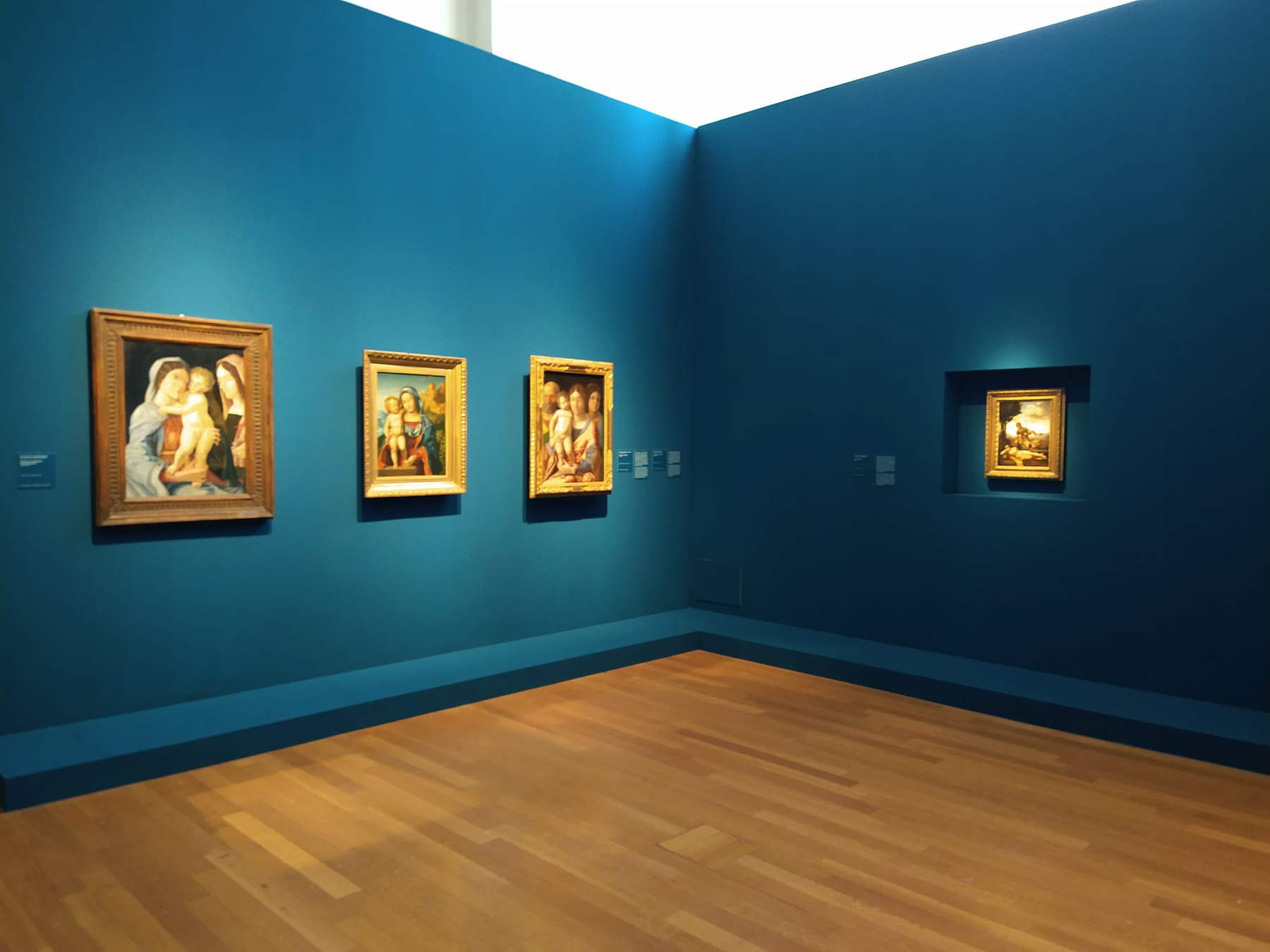
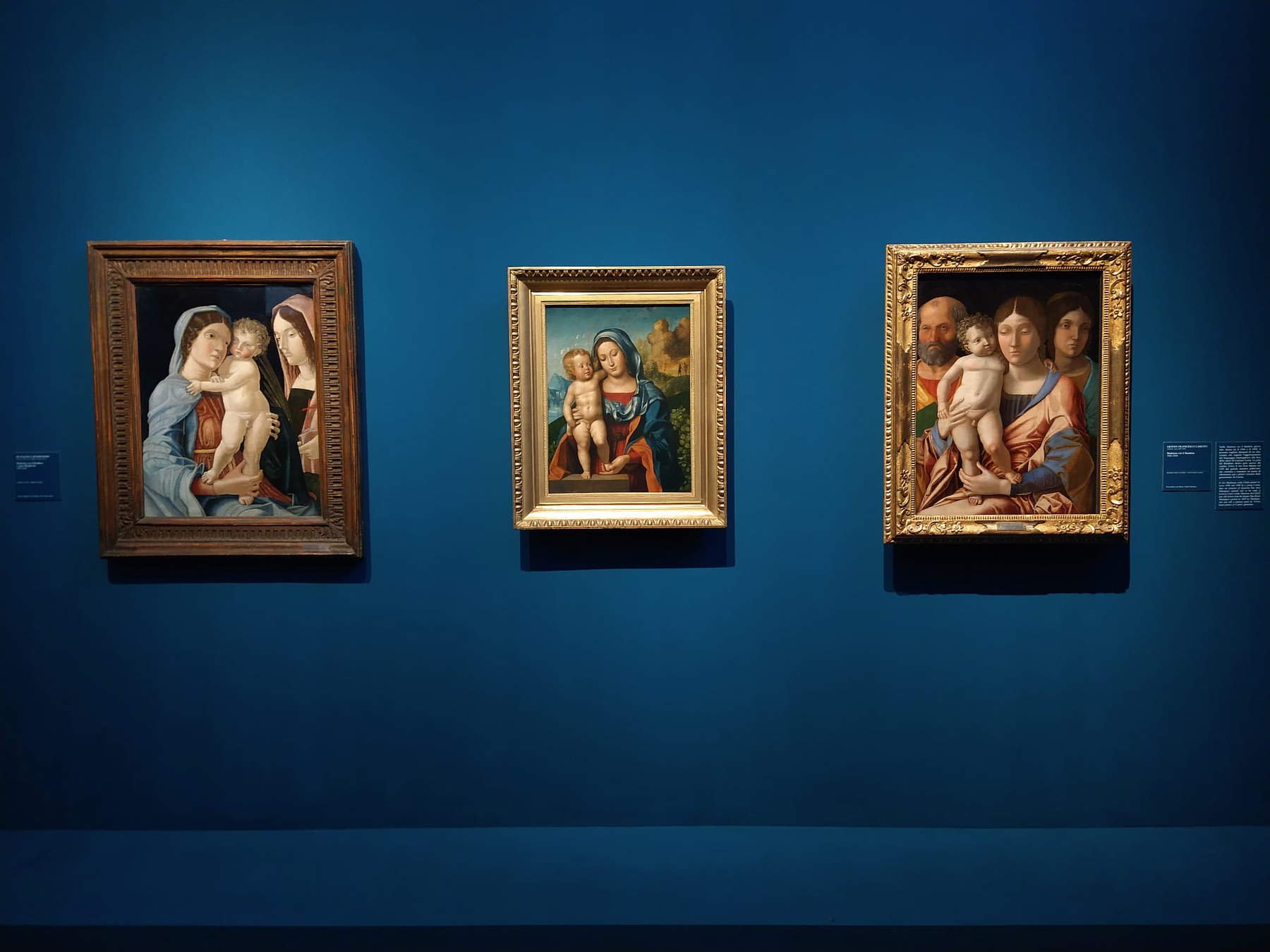 Caroto exhibition and the arts between
Caroto exhibition and the arts between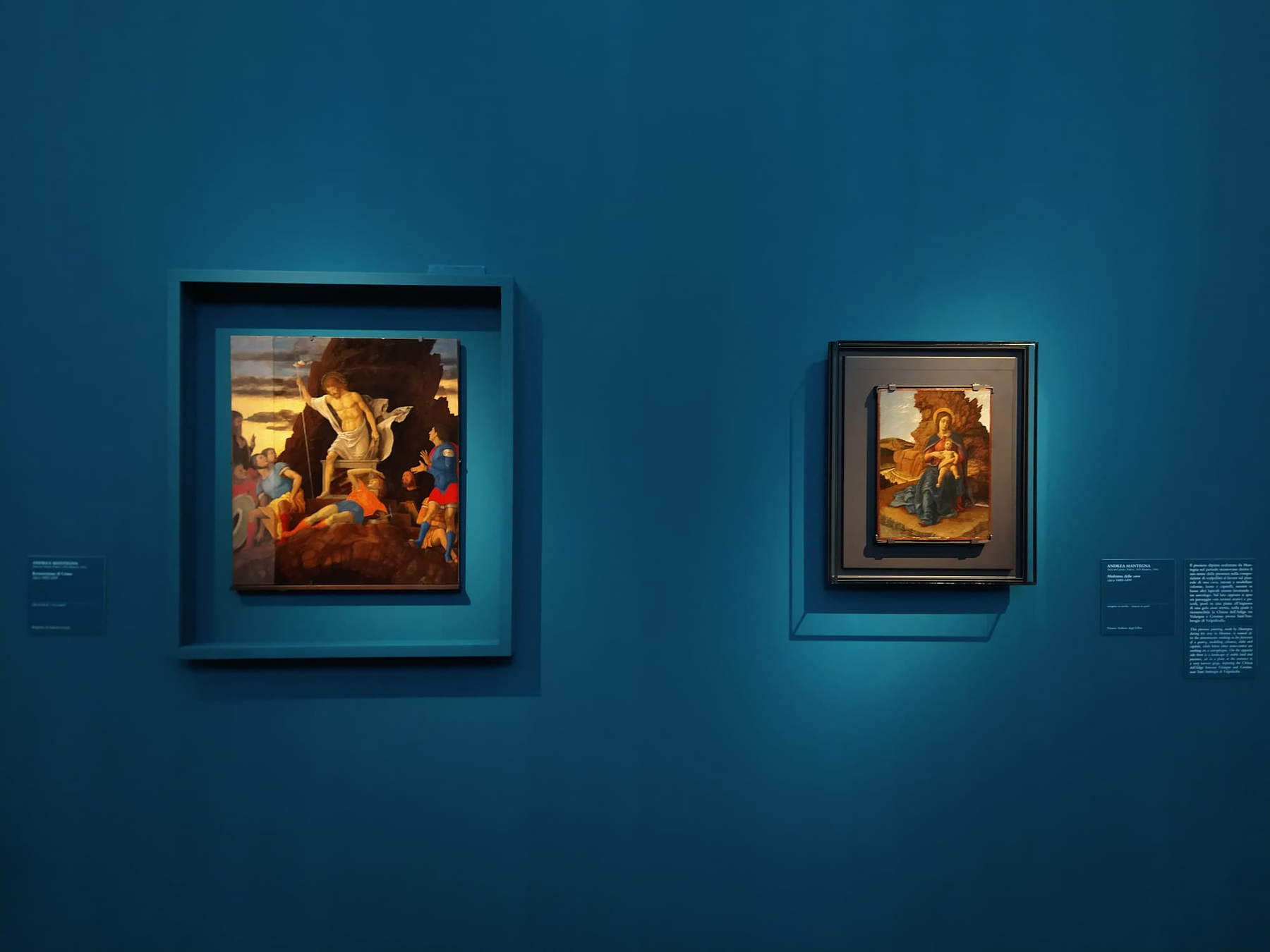 Caroto exhibition and the arts between
Caroto exhibition and the arts between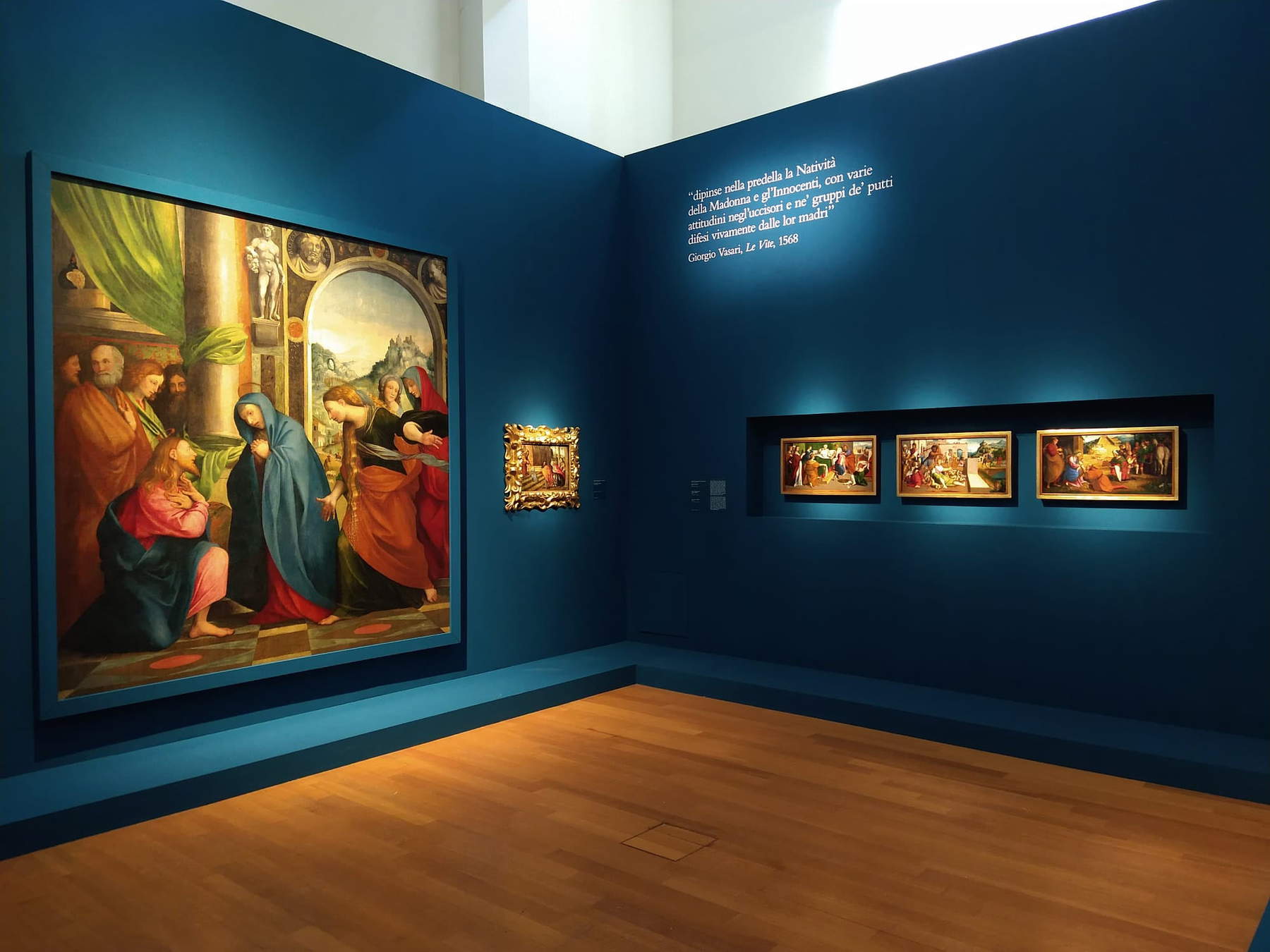 Caroto exhibition and the arts between Mantegna
Caroto exhibition and the arts between Mantegna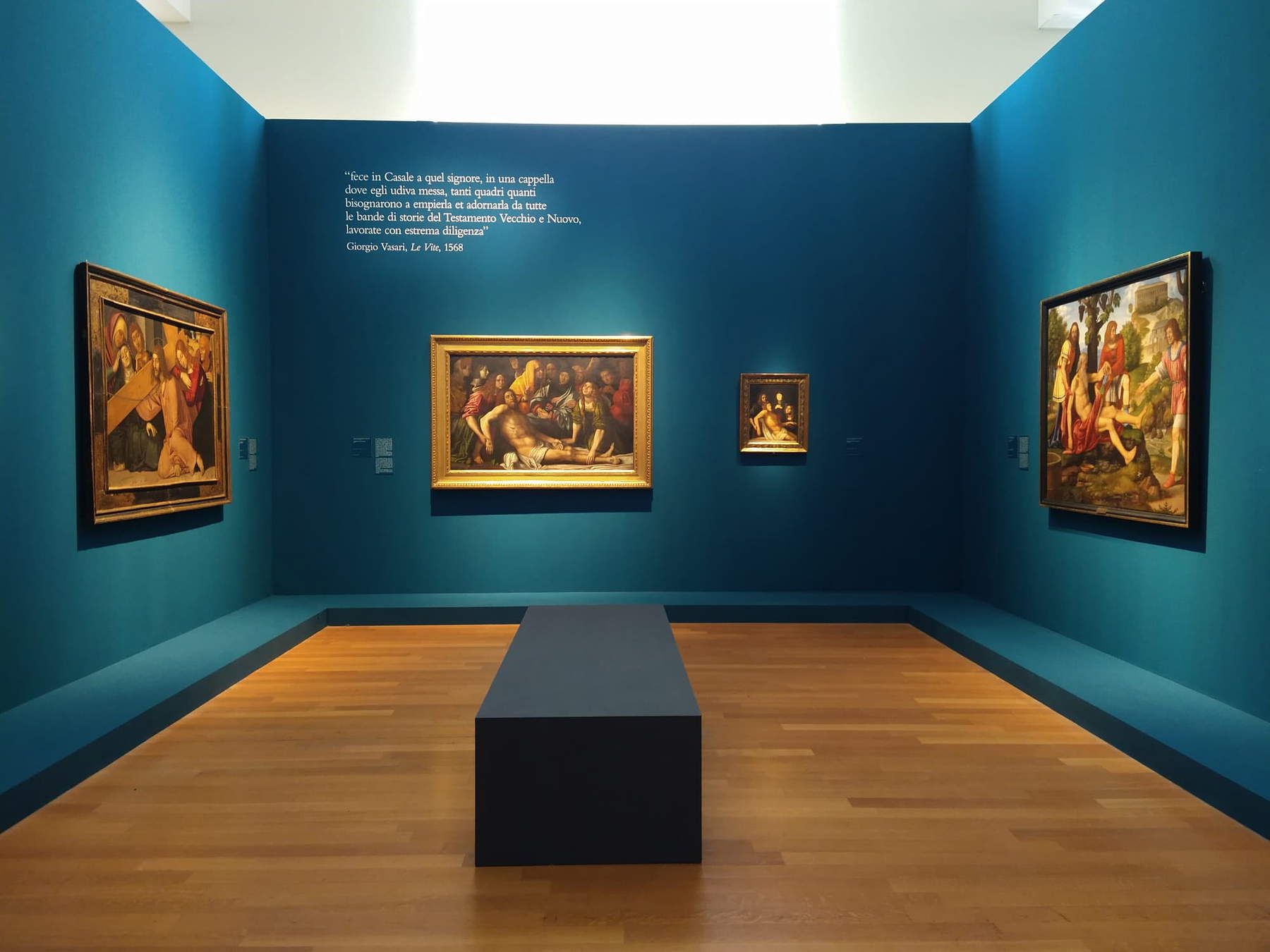 Caroto exhibition and the arts between Mantegna
Caroto exhibition and the arts between Mantegna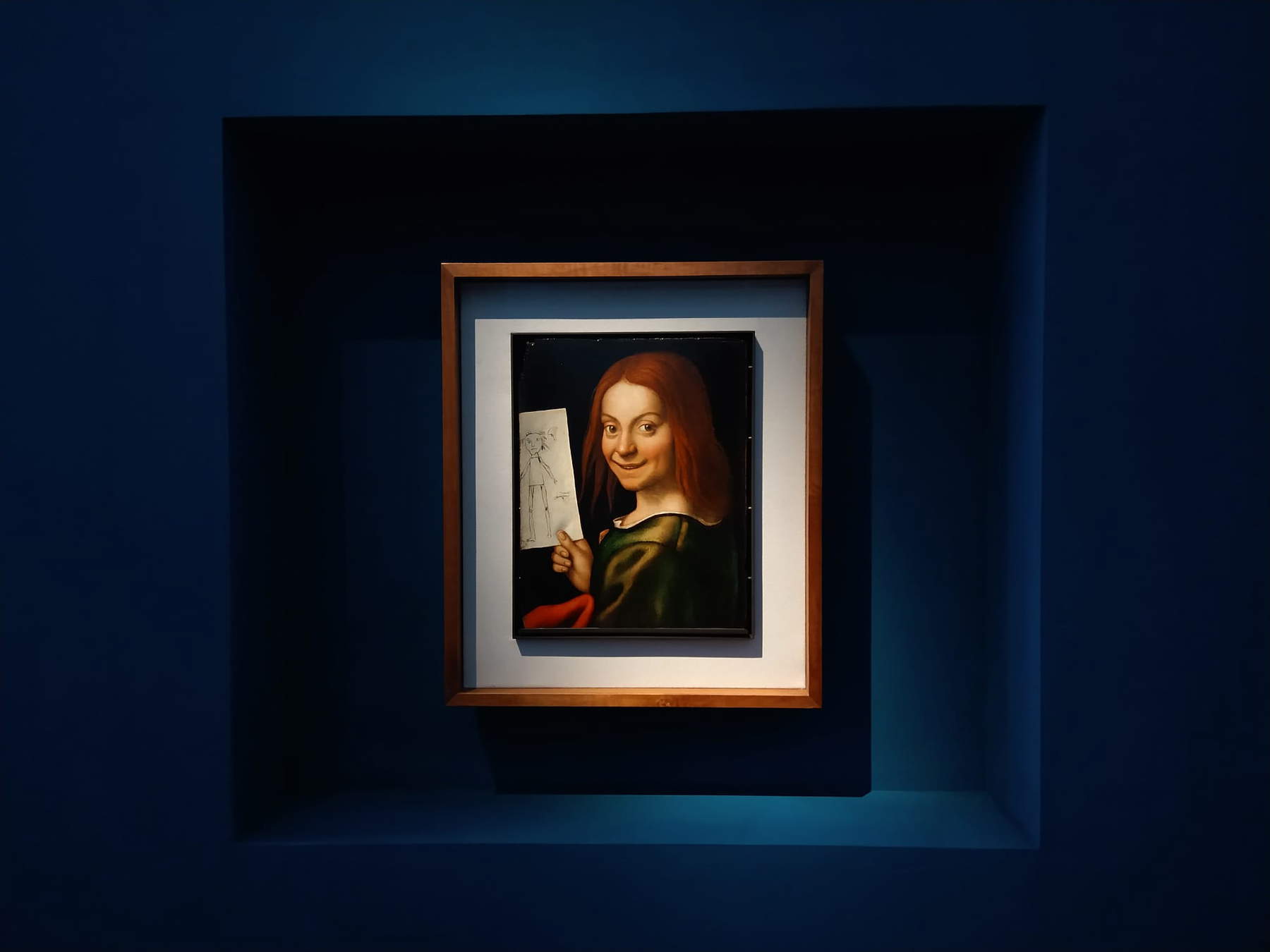 Caroto exhibition and the arts between Mantegna
Caroto exhibition and the arts between Mantegna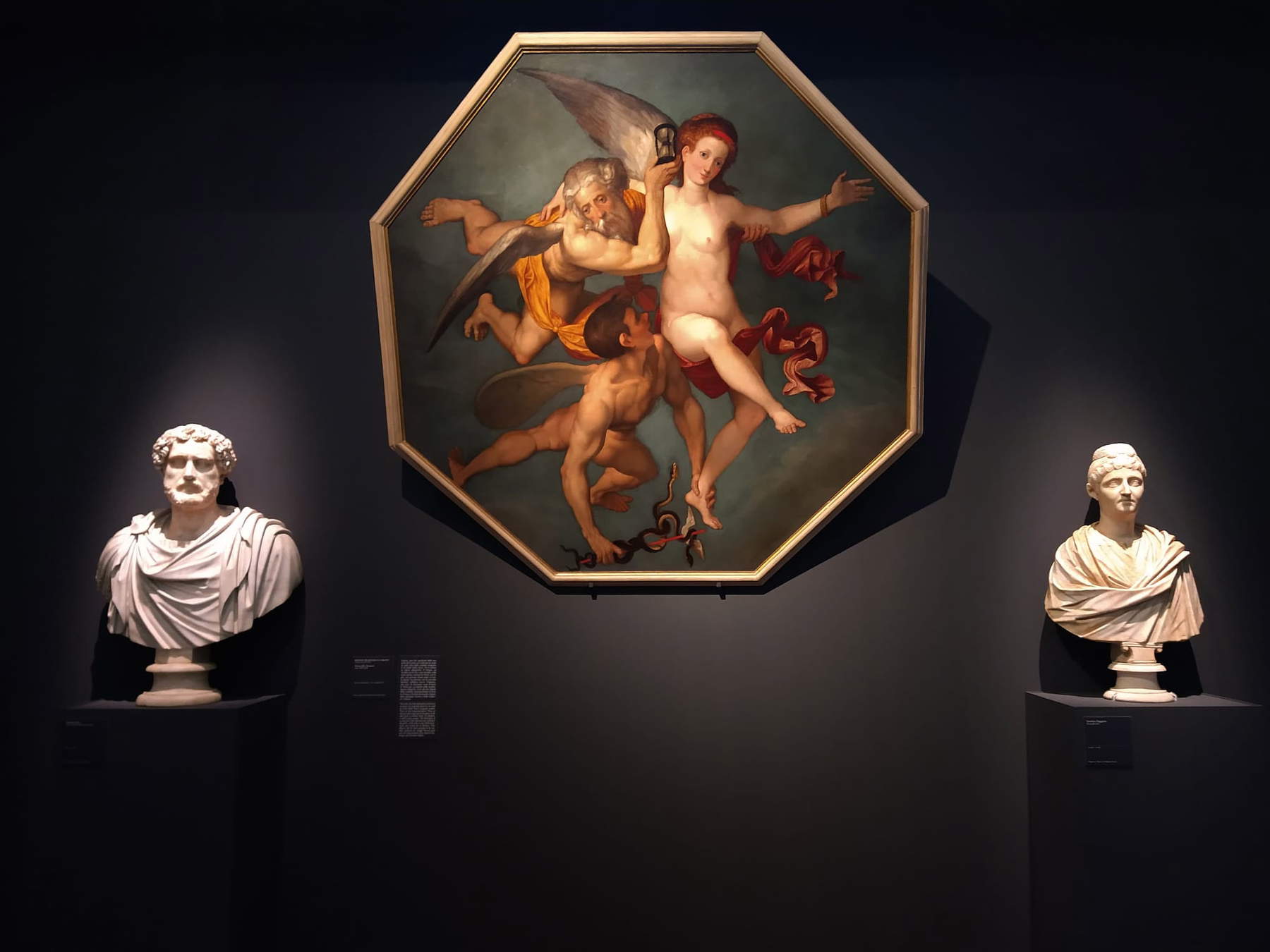 Caroto exhibition and the arts between Mantegna
Caroto exhibition and the arts between Mantegna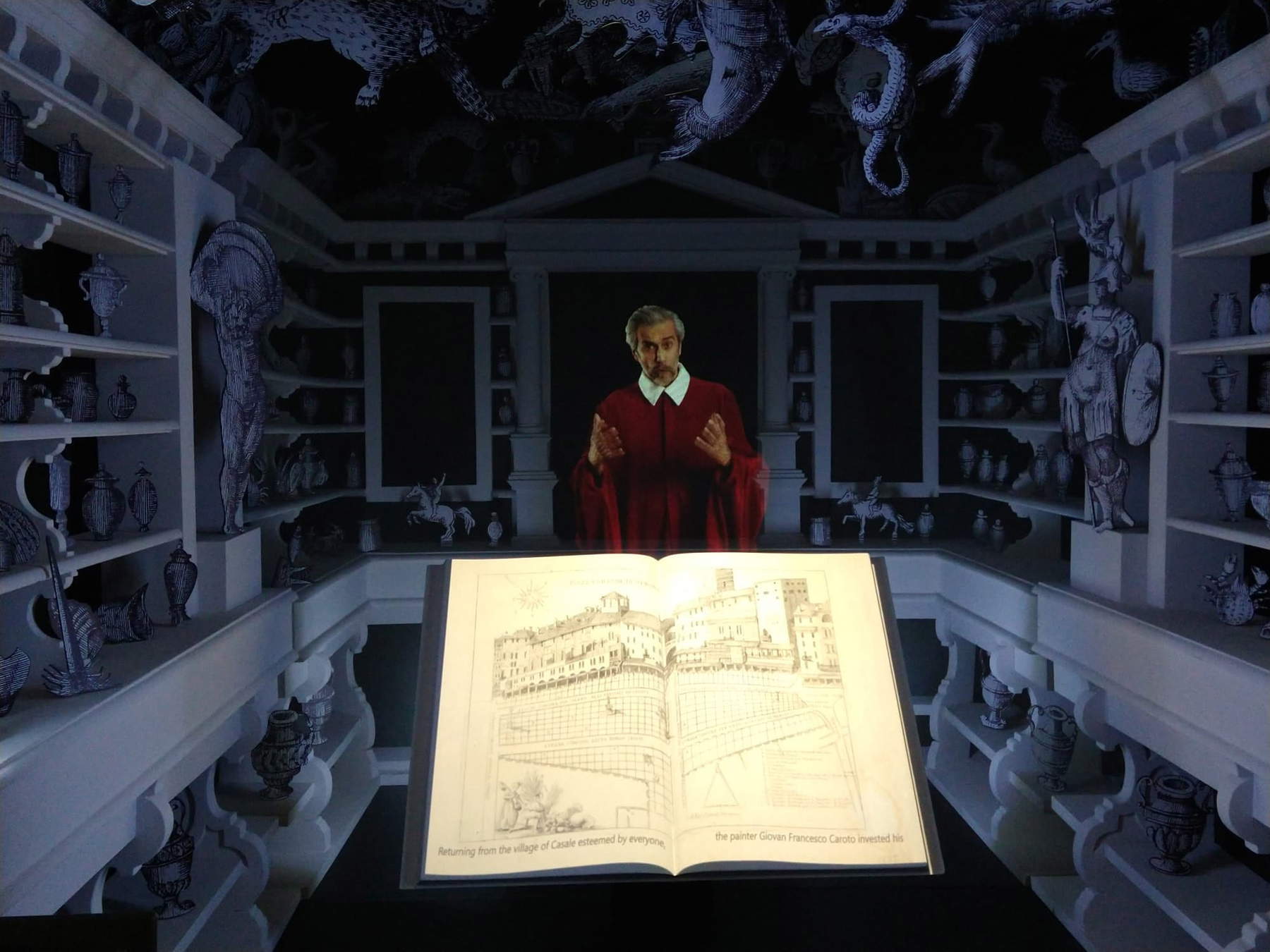 Caroto exhibition and the arts between
Caroto exhibition and the arts betweenArt in Verona in the first half of the 16th century, which flourished between the two giants Andrea Mantegna and Paolo Caliari known as Veronese, is a period that, in several respects, has yet to be investigated. There was no lack of figures of great quality and unmistakable personality in those years, especially in the fields of painting and miniature painting, such as Girolamo dai Libri, Francesco Morone, Paolo Morando known as Cavazzola, Francesco Torbido known as il Moro, Nicola Giolfino, and many others. In the field of architecture, too, there was a rapid linguistic adaptation on the most modern formulas, thanks to personalities such as Gian Maria Falconetto and Michele Sanmicheli. Among all these figures of artists, Giovan Francesco Caroto emerges as one of the most interesting and complex. The profile dedicated to him by Giorgio Vasari makes it possible to follow his artistic training: in fact, the great Arezzo historiographer dedicates an extensive digression to Caroto in the Giuntina edition of the Lives (1568), tracing his biography in the Vita dedicated to Giovanni Giocondo and the other Veronese painters of the time.
Caroto, a pupil of Liberale da Verona, is described as extremely talented from childhood and inclined toward realistic depictions. Vasari recounts an anecdote: having moved to Milan, he challenged a Fleming who had shown him a “naturally portrayed head,” claiming to be able to paint a better one. The Fleming, mocking him, told him that if he succeeded he would give him the painting and 25 scudi, while if not, it would be Caroto who would owe him the sum and his work. Caroto therefore set to work and executed a portrait of “a shaven old gentleman with a sparrowhawk in his hand,” but the Flemish’s was still deemed better: however, since it was thought that the artist had made a mistake in choosing the subject (in the sense that if he had chosen a young man, as in the Flemish’s portrait, he would have succeeded if not in winning it at least in doing something of equal quality), and since Caroto’s painting was in any case excellent, the Flemish settled for the portrait of the old man without accepting the 25 scudi. According to Vasari, the painting was later purchased by Isabella d’Este (the work is not known to us today).
p>Intelligent, curious, witty, vagabond, he was in Mantua , at the court of the Gonzagas, under the aegis of Mantegna; in Milan, in the service of Antonio Maria Visconti; in Casale Monferrato, at the court of Marquis Guglielmo IX Paleologo. He came to know and appreciate Flemish and Nordic painting, moving between Milan, Verona and Venice, as well as that of Raphael and his followers, so much so that the hypothesis of his study trip to Rome is credible. He practiced painting, miniature, naturalistic drawing, medallistics, and statuary. He devoted himself mainly to public and private devotional painting (altarpieces, Madonnas with child), but reached fo rse his most personal and happy results in portrait and landscape painting.
“Giovan Francesco Caroto,” the curators explain, “is emblematic of the ability of Veronese artists to move over different geographical areas of the Peninsula, managing to contaminate what they learned in their youth and inserting their city into a complex network of artistic relationships. Moreover, Giovan Francesco Caroto’s biography is somewhat emblematic for understanding the evolution of Paduan artistic events during the first four decades of the 16th century. His training and movements demonstrate the importance of the system of small Italian courts in the formation of the language of the ’modern manner,’ but above all the shifting leading role in the Italian artistic landscape that takes place around the middle of the second decade of the sixteenth century, with the close and innovative dialogue played between Milan and Venice. The exhibition brings together for the first time a comparison of the results of years of research by scholars of Veronese and Milanese art on the multifaceted relationships that linked the two lively centers of cultural production at the time.”


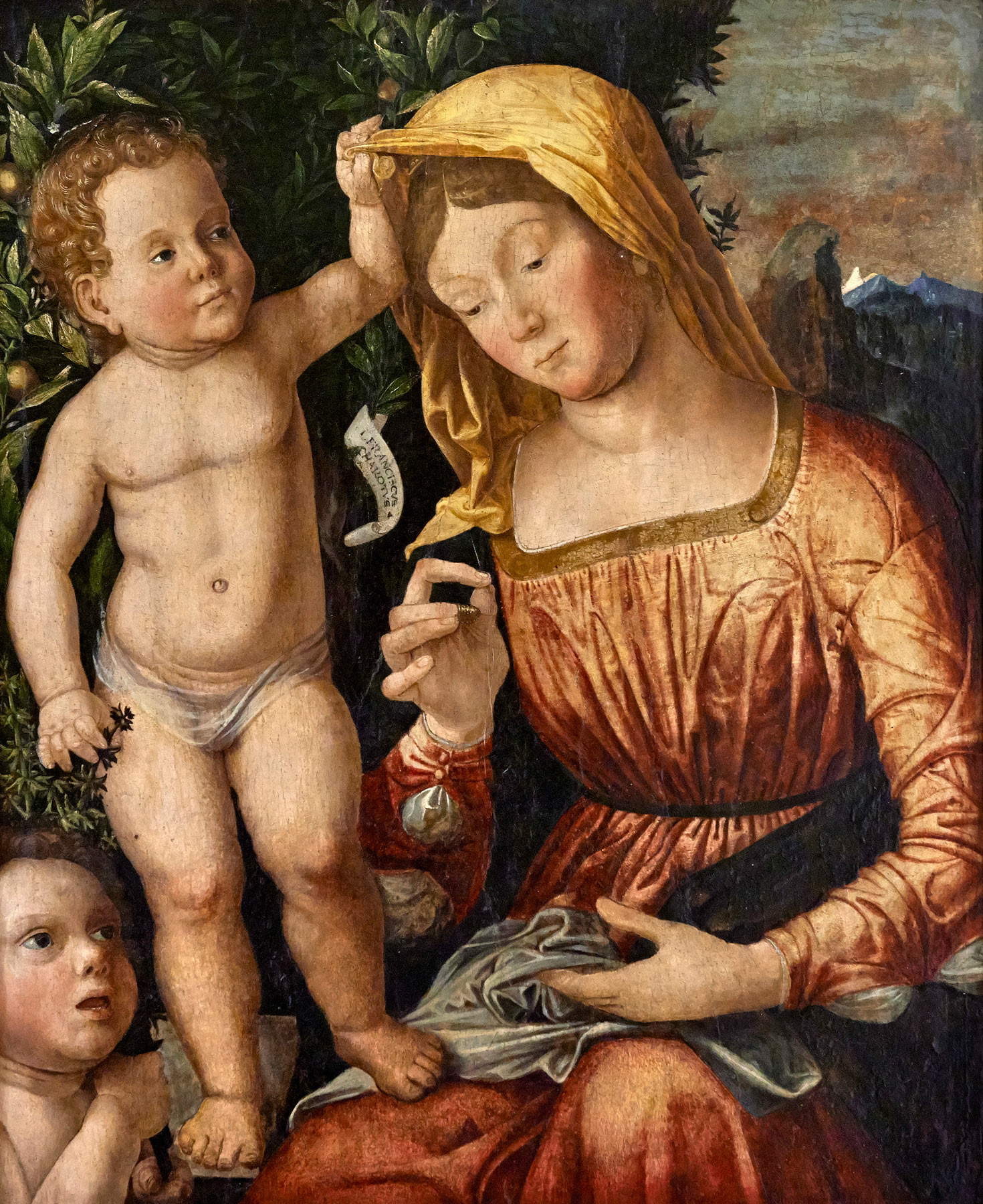
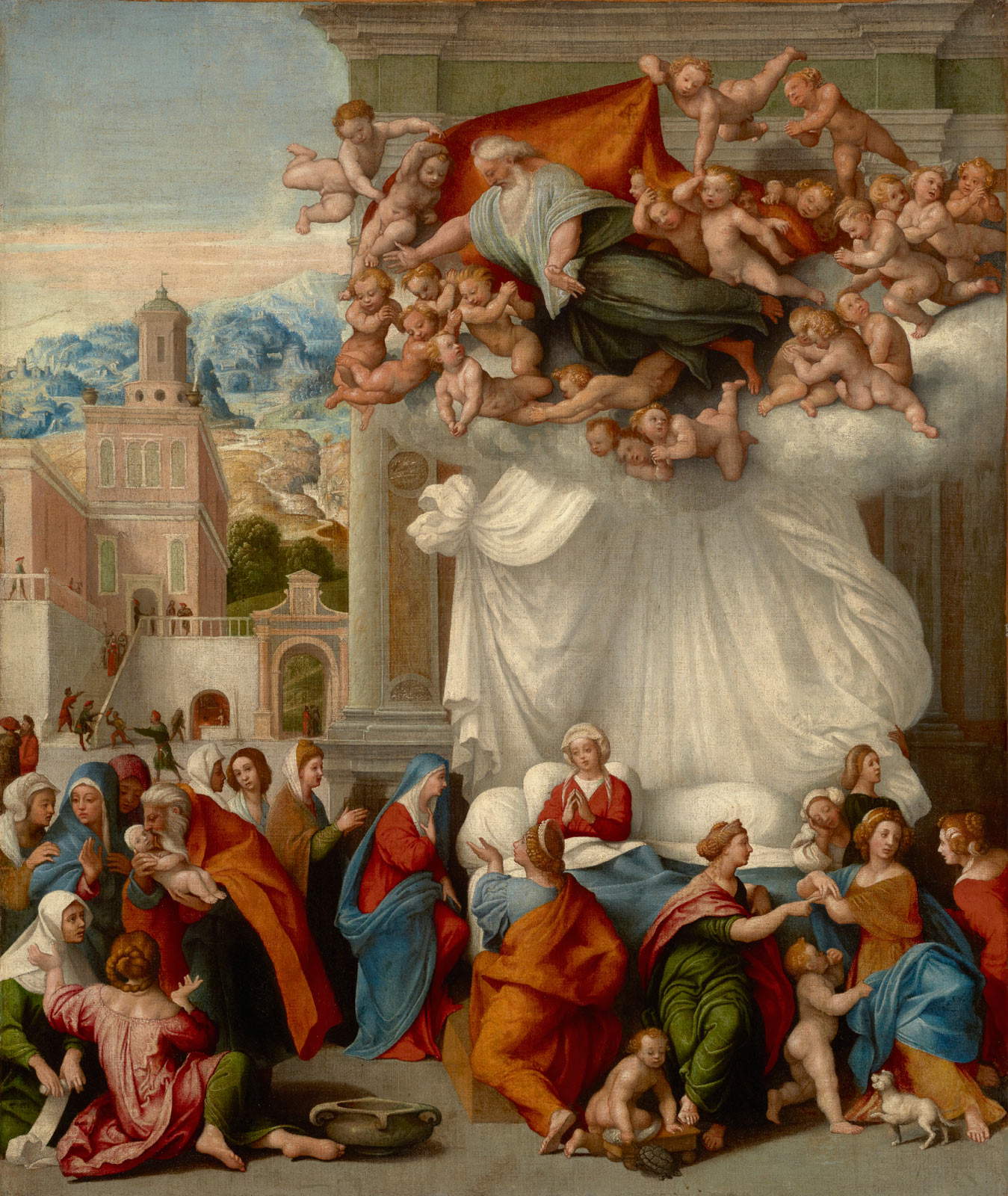 Giovan Francesco Caroto
Giovan Francesco Caroto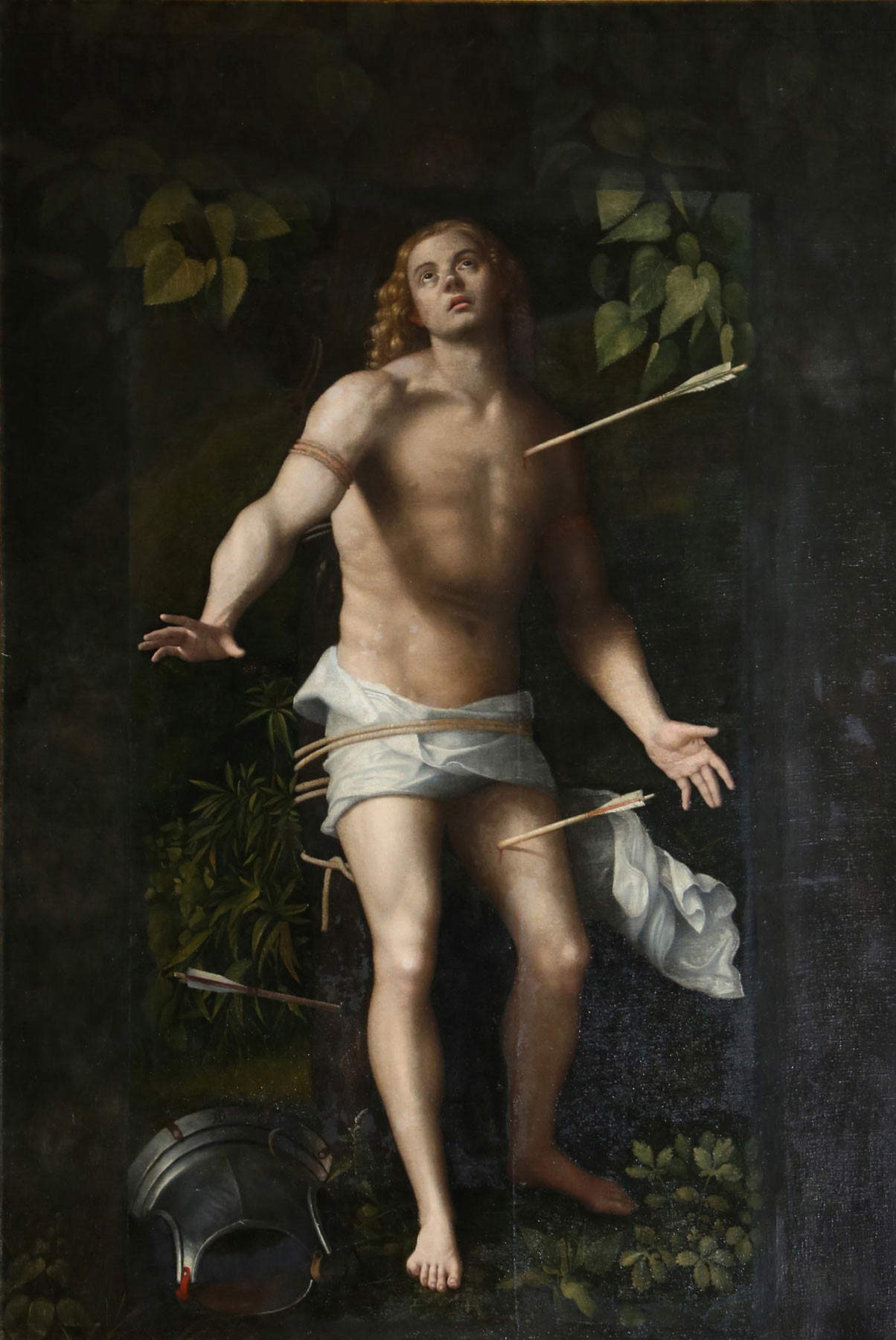

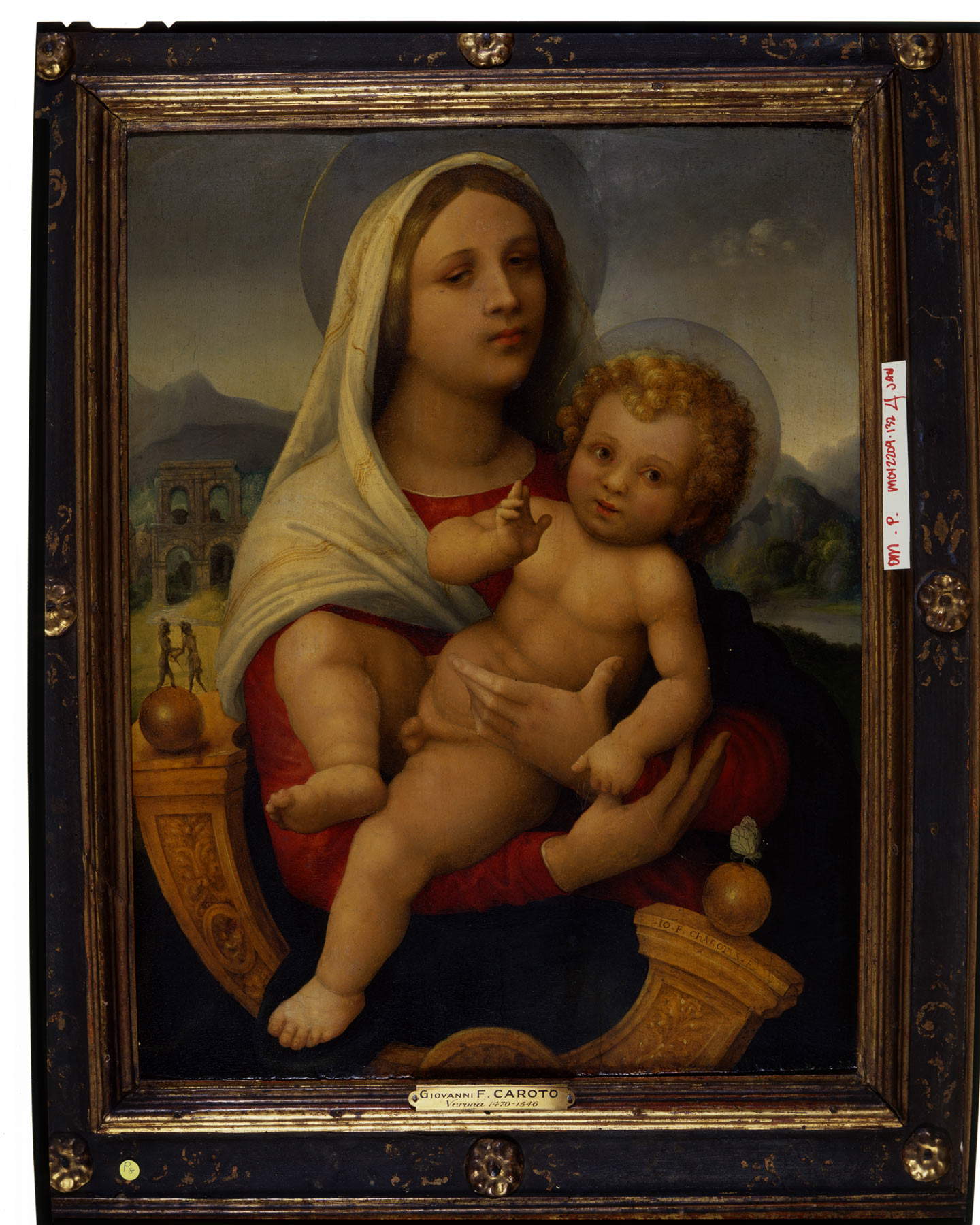
The exhibition itinerary is divided into nine sections that highlight particular moments in Caroto’s career and significant aspects of his interests and artistic personality. Six sections have a traditional exhibition layout, while three host multimedia installations: 1. Giovan Francesco Caroto, between Verona and Mantua, in the shadow of Mantegna; 2. Traveling between Milan and Casale Monferrato; 3. Giovan Francesco and the art of portraiture; 4. Giovanni Caroto painter; 5. Verona, the years of his maturity; 6. The Carotos and the Della Torre family; 7. From Caroto to Paolo Veronese: new horizons of Veronese painting; 8. Giovanni Caroto witness of antiquity; 9. Between arts and natural sciences: the apothecary’s workshop and the Wunderkammer of the Calzolari Museum.
The first section brings together evidence of the environment in which Caroto was formed: from the Triumphs of Liberale da Verona, which summarize the lesson that the Veronese artist imparted to the young Giovan Francesco, to Andrea Mantegna’s masterpieces such as the Trivulzio Altarpiece from the Castello Sforzesco, the Holy Family with a Saint from Castelvecchio and the Resurrection from Bergamo. The exhibition intervenes with comparisons between the works of Caroto (such as the Stitcher Madonna and the splendid Madonna of the Butterfly) and those of Mantegna and Liberale da Verona. Again, to evoke the climate of the time and the spread of Mantegna’s lesson, again the first section displays works by artists who followed in Mantegna’s footsteps, such as Francesco Bonsignori and Domenico Morone (present with the famous Cacciata dei Bonacolsi on loan from the Ducal Palace in Mantua). A sub-section is devoted to the theme of the Holy Family, with works by Mantegna, Monsignori and Caroto (the latter’s Madonna from the Städel Museum in Frankfurt stands out). The first section closes with Caroto’s large panel painting of 1512 with the Three Archangels, which measures itself against the Veronese tradition, enriched by comparisons with the culture of Mantua (Caroto was in fact also active in the city of the Gonzagas) and that of Milan.
The section “Giovan Francesco between Milan and Casale Monferrato” traces the cues that the artist was able to draw from the comparison with the artists who worked in these realities, and in particular with Leonardo’s: on display are works by Bramantino, Bernardino Luini, Andrea Solario and other artists close to Leonardo. The masterpiece of the section is the Lamentation over the Dead Christ from 1515, the date when Caroto is attested in Casale at the court of William IX Paleologus (where the artist is documented until 1523). The third section delves into Caroto’s portraiture: this part of the exhibition focuses on the Portrait of a Laughing Boy with Drawing (possibly a portrait of Caroto’s son Bernardino), an iconic work and the highest example of Caroto’s reflections on Leonardo da Vinci’s studies of expression, works that the artist got to know during his stays in Milan. The fourth section is devoted to Giovanni Caroto, Giovanni Francesco’s younger brother: three of his works, among the few that can be referred to him (notably an altarpiece of 1514, painted for the church of San Giovanni in Fonte in Verona, and two portraits), exemplify the artist’s manner.
We then come to the fifth section, devoted to Giovan Francesco Caroto’s maturity and the years between 1525 and 1530. The first part of the section is dominated by two altarpieces, Christ’s Dismissal from His Mother and the Washing of the Feet, while the second section analyzes Caroto’s debts to the Roman manner, learned in Mantua through Giulio Romano: the masterpiece of this phase is the Holy Family with Saint Elizabeth and Saint John of 1531, a key work in Caroto’s career. A focus is also devoted to landscape: at the center of the room stands the Rest during the Flight into Egypt on loan from the Louvre, one of the Veronese painter’s major masterpieces, characterized by a soft, shady landscape full of water and greenery minutely described by Caroto. A digression on the collection of Count Mario Bevilacqua, the richest and most famous collection of the second half of the 16th century in Verona, which also included works by Caroto, is inserted in this context. It then continues with a further thematic exploration: the sixth section is in fact dedicated to Caroto’s relationship with Giulio della Torre, a jurist and amateur artist who specialized in casting bronze medals. The public will be able to admire here some paintings executed for Giulio della Torre such as the octagonal canvas of Veritas filia Temporis and the Temptation of Christ. The seventh section is devoted to the last phase of Caroto’s activity: after 1540, in fact, a new language was established in Verona, promoted by a new generation of artists, including Antonio Badile III, presumed master of Veronese. It closes with the St. George and the Princess that Caroto painted in 1535 for the high altar of the church of San Giorgio in Braida: in the 1560s the work was replaced with Veronese’s Martyrdom of St. George, testifying to the change in taste after the middle of the century. Two multimedia rooms conclude the exhibition: one is dedicated to Caroto’s gaze as a witness to antiquity, with some objects (a fragment of a stele, a small altar and books) accompanying the video projection, while the other reproduces the Wunderkammer of the apothecary Francesco Calzolari, also displaying some objects from his collection: a hologram of Calzolari illustrates the objects on display in a setting that recreates his chamber of wonders.
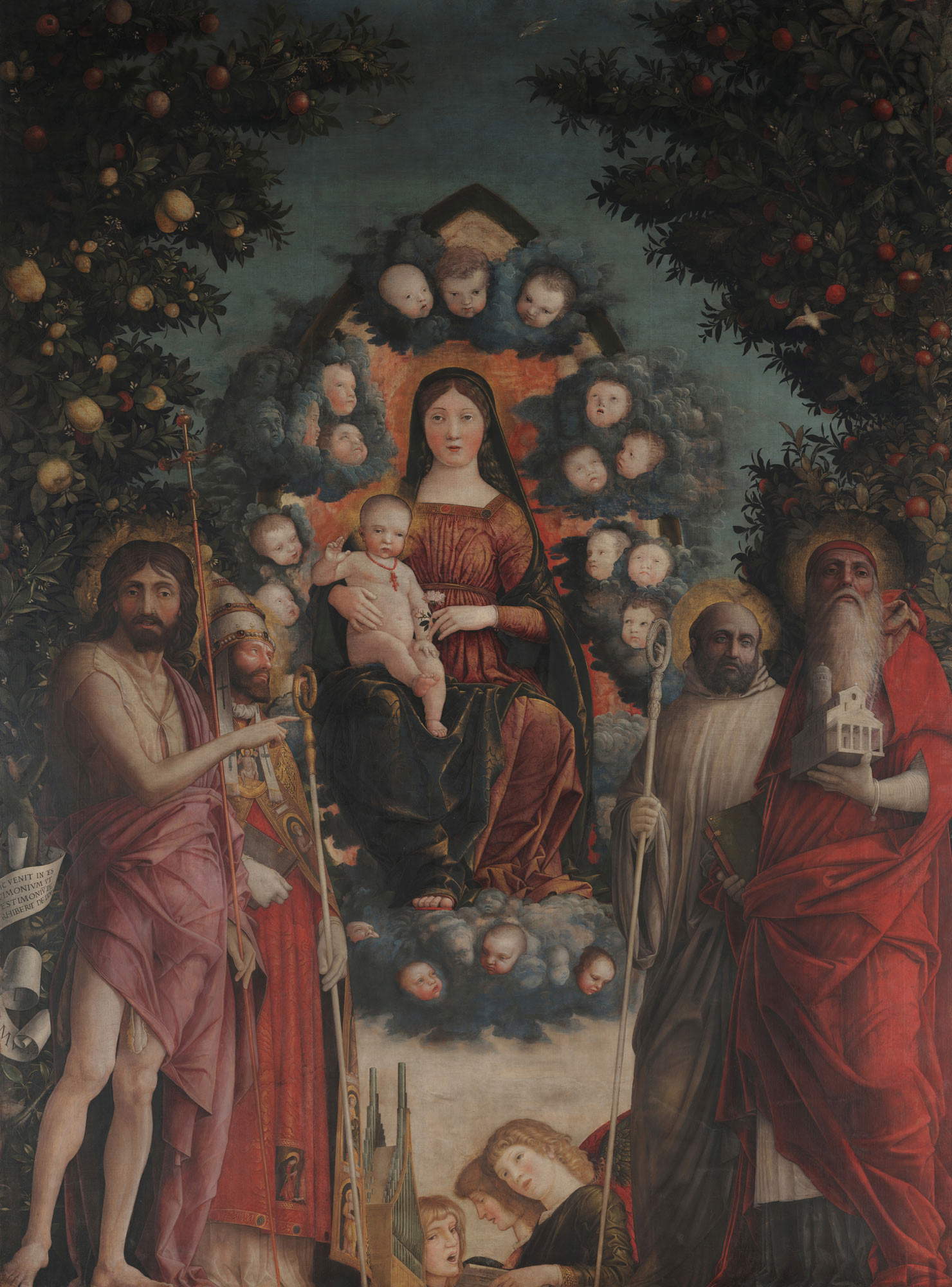

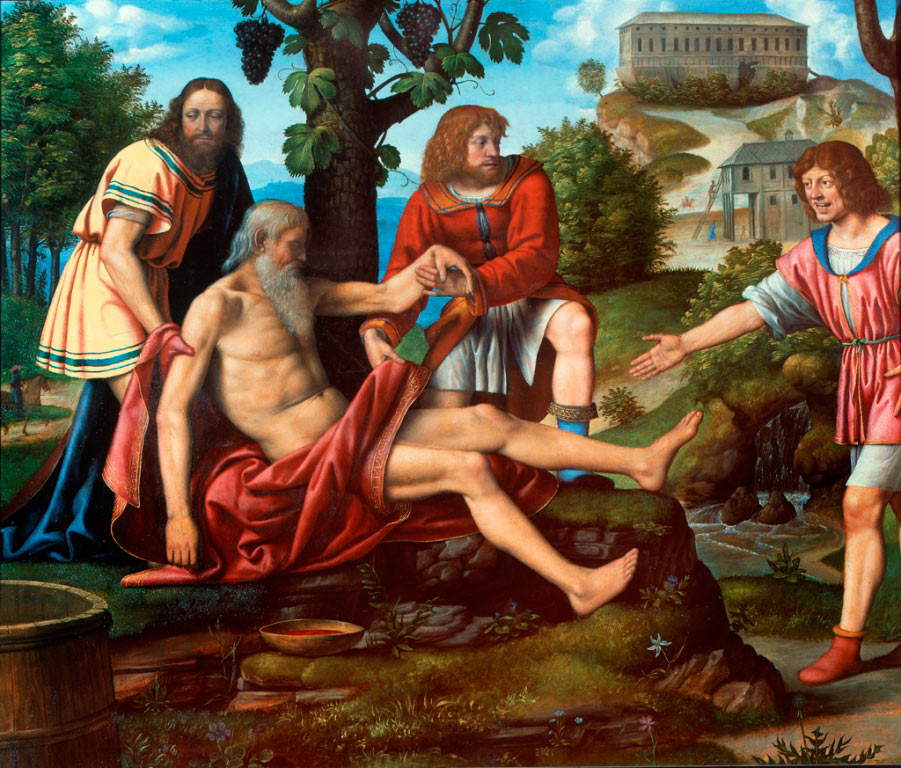
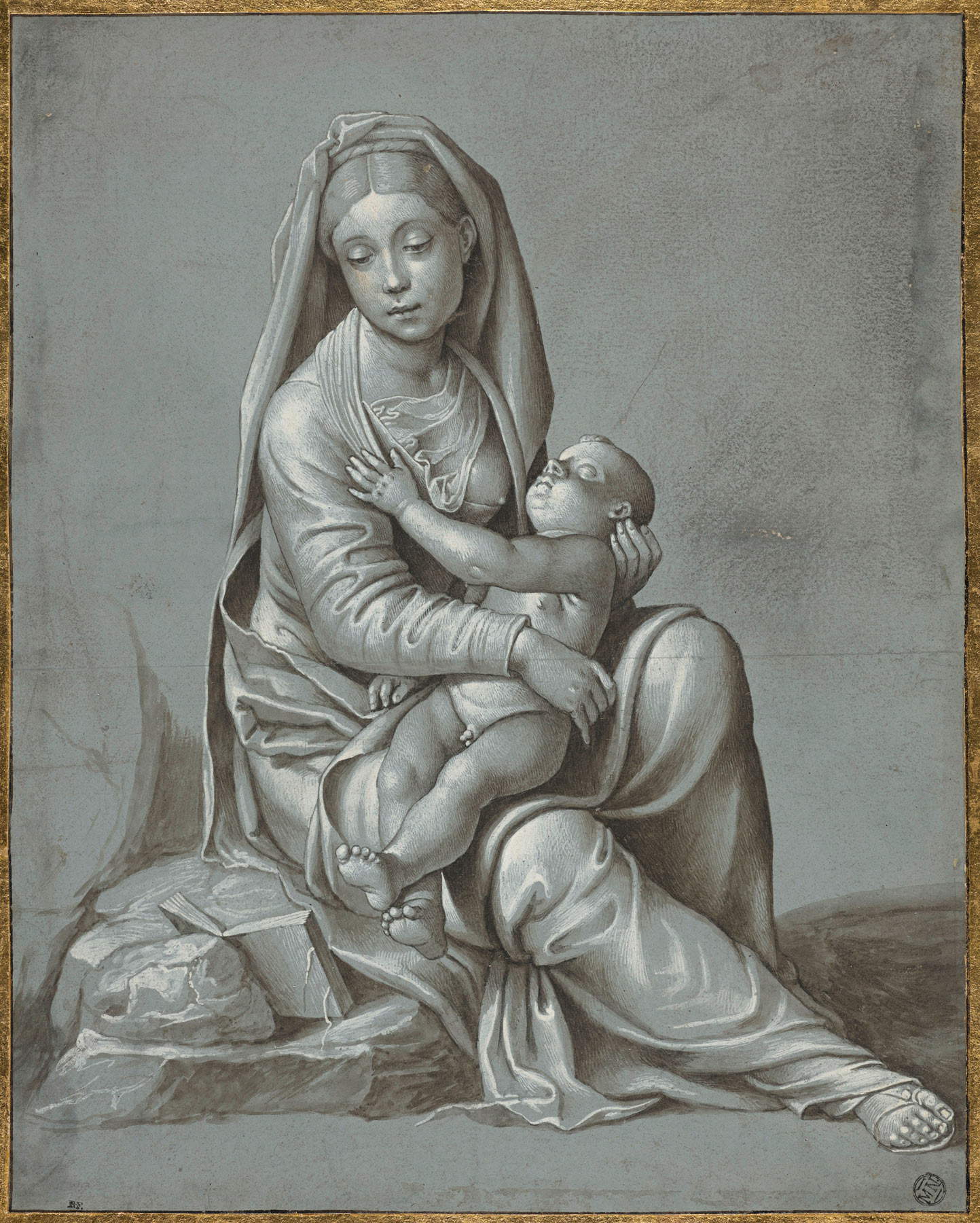
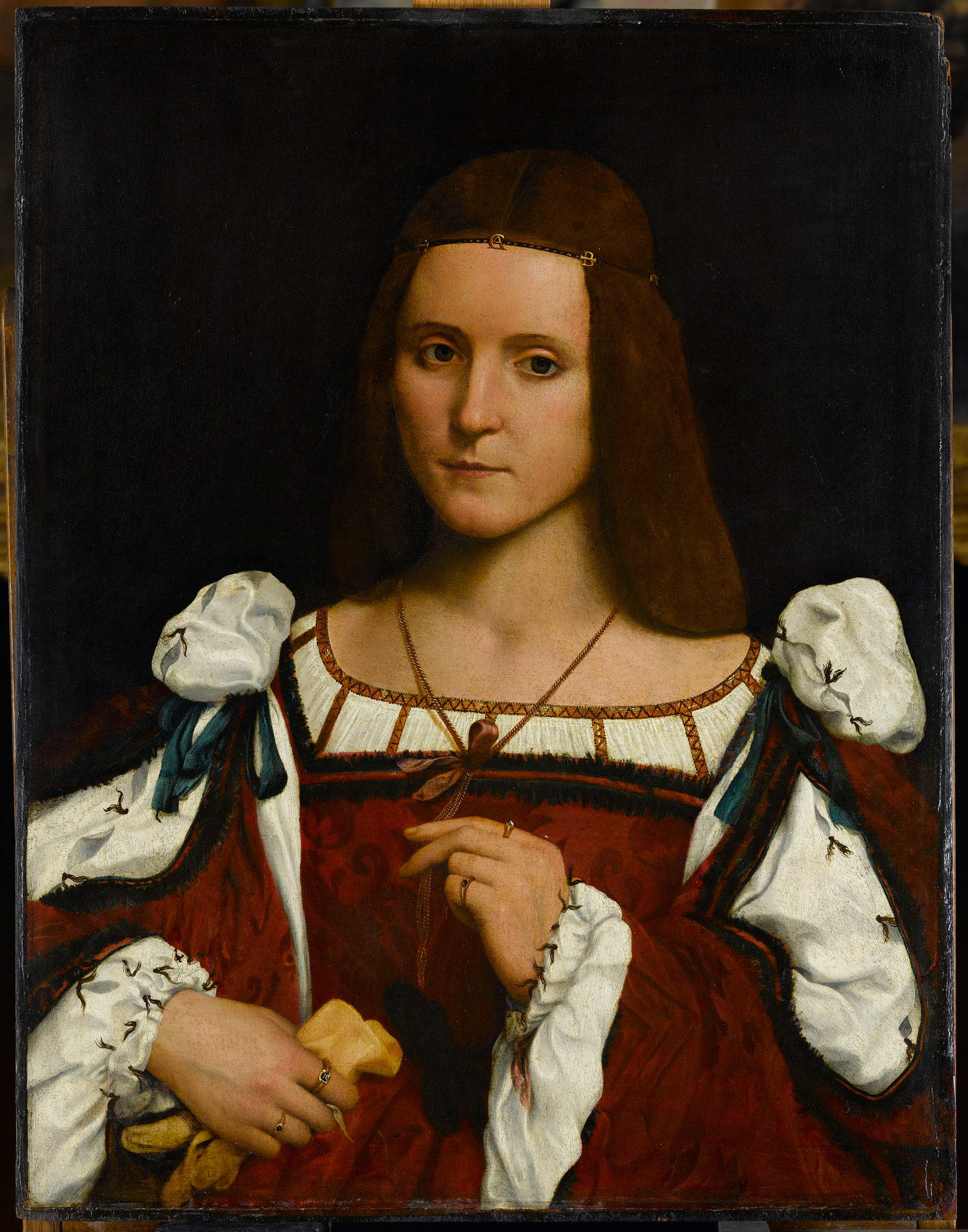

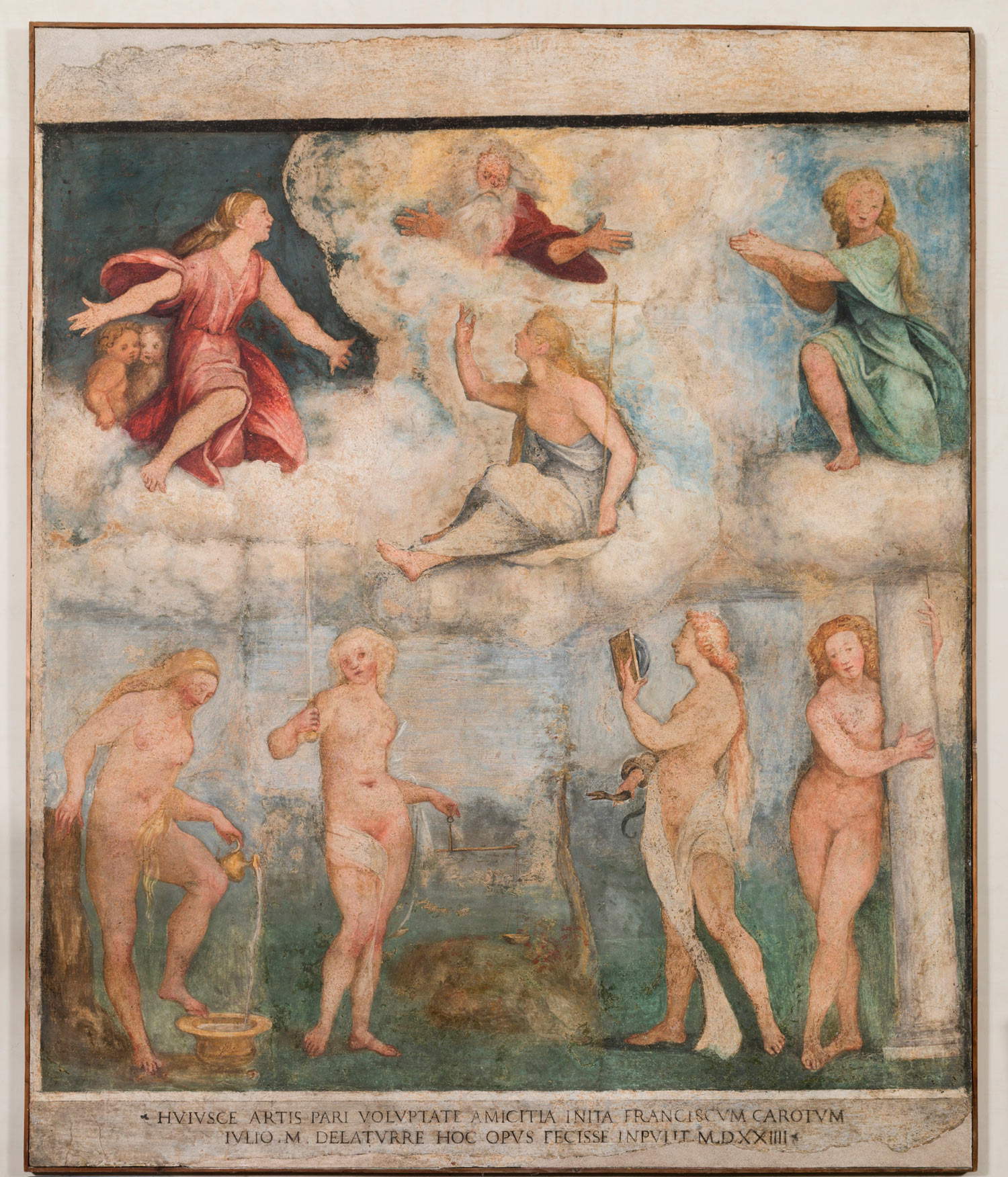
Within the sections, the curators wanted to have the public experiment with innovative modes of storytelling, in particular through three multimedia installations, designed in collaboration with the creative enterprise Culturanuova, to encourage accessibility and in-depth exploration of the proposed themes also through the use of technologies that allow immersive fruition by the public. These are “The Sinopias of the Annunciation by Giovan Francesco Caroto,” “Caroto Witness of Antiquity,” and “Caroto Apothecary and the Wunderkammer of the Museum of Francesco Calzolari.”
Also available is an App-accessible tour curated by Civita Exhibitions and Museums: it is a special itinerary, dedicated to blind people, created with the contribution of Fondazione CittàItalia, developed around twelve works belonging to the civic collections with possible future reuse in the Castelvecchio museum itinerary. Organised by the company ARtGlass, on the other hand, is the creation of an educational game: a special treasure hunt in augmented reality through the exhibition halls, which young visitors, aged between 8 and 12, as well as their parents and carers, will be able to follow on a tablet included in the entrance ticket. These technological tools are also accompanied by a program of educational and didactic activities curated by the Educational Secretariat of the Civic Museums Cooperative Le Macchine Celibi, with the coordination of services by Civita Exhibitions and Museums: free weekly guided tours, visits for groups and school groups, as well as themed workshops for girls and boys aged 6 to 11 are planned. Connected to the exhibition is a network of artistic itineraries in the city churches for which Caroto worked. A project carried out in collaboration with the Diocese of Verona, the University of Verona, the Soprintendenza archeologia, belle arti e paesaggio for the provinces of Verona, Rovigo and Vicenza and the Verona Minor Hierusalem foundation. The exhibition is accompanied by a monograph and a catalog published by Silvana Editoriale.
The exhibition opens Tuesday through Sunday from 10:30 a.m. to 7:30 p.m. The ticket office closes one hour earlier. Closed on Mondays. Tickets: full 12 euros, reduced 10 euros (groups of minimum 15 people, visitors 15 to 30 years old, university students with ID up to 30 years old, over 65 years old, military personnel, universal civil service volunteers, enrolled University of Permanent Education of Verona, with VeronaCard, conventions); reduced for schools and children between 8 and 14 years old accompanied by an adult 1 euro, free for children under 7 years old, disabled and disabled accompanying person, ICOM cardholders, tour guides with card, gior nalists with card, 2 teachers per school group, 1 accompanying person per group, members of the association Amici dei Civici Musei di Verona, special authorized persons. Reservation fee 1 euro per person, 0.50 euro per student. Exhibition info and reservations: 045 8537339 (Monday to Friday 9 a.m.-6 p.m., Saturday 9 a.m.-1 p.m.), website www.mostracaroto.it, e-mail infocivita@tosc.it.
 |
| Verona, the great exhibition on Giovan Francesco Caroto, between Mantegna and Veronese |
Warning: the translation into English of the original Italian article was created using automatic tools. We undertake to review all articles, but we do not guarantee the total absence of inaccuracies in the translation due to the program. You can find the original by clicking on the ITA button. If you find any mistake,please contact us.